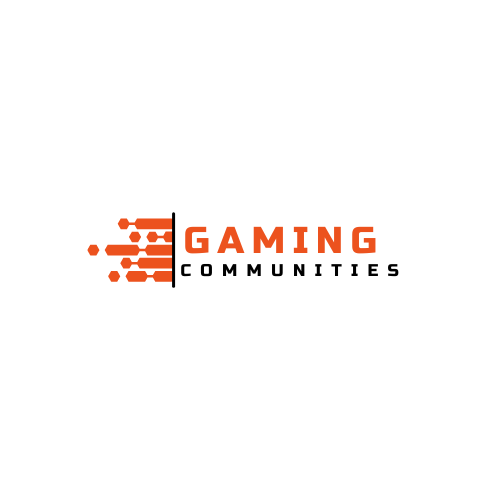In an increasingly visual world dominated by social media, advertising, and digital content, the importance of images cannot be overstated. Whether it’s for personal use, professional endeavors, or academic research, the need to compare images accurately and efficiently has become paramount. From detecting alterations in medical images to identifying counterfeit products and assessing the impact of environmental changes, image comparison plays a crucial role across various domains.
Understanding Image Comparison:
At its core, Image Comparison involves analyzing two or more images to identify similarities, differences, or changes between them. This process is not only about visual inspection but also relies on advanced computational techniques and algorithms. These methods enable automated image comparison at scale, facilitating tasks that would be impractical or impossible to accomplish manually.
Applications Across Industries:

1. Forensics and Security:
In forensic investigations, image comparison helps identify forged documents, altered photographs, or manipulated surveillance footage. By analyzing pixel-level details, forensic experts can determine authenticity and detect inconsistencies that might indicate tampering.
2. Medical Imaging:
Medical professionals rely on image comparison to track disease progression, assess treatment efficacy, and detect anomalies. Radiologists compare medical scans taken at different times to monitor changes in a patient’s condition, while researchers use image differencing techniques to identify subtle variations indicative of disease.
3. Quality Control and Manufacturing:
In manufacturing processes, image comparison ensures product quality and consistency. Automated systems analyze images of manufactured components to detect defects, deviations from specifications, or assembly errors, minimizing production flaws and enhancing overall efficiency.
4. Remote Sensing and Environmental Monitoring:
Satellite imagery and remote sensing technologies provide valuable insights into environmental changes, such as deforestation, urbanization, or climate shifts. Image differencing techniques help scientists track these changes over time, facilitating environmental conservation efforts and policy-making.
5. Retail and E-commerce:
E-commerce platforms employ image comparison algorithms to identify similar products, recommend personalized items to users, and prevent counterfeit sales. By analyzing product images and metadata, retailers enhance the shopping experience and ensure customer satisfaction.
Techniques and Tools:
Image comparison encompasses various methodologies, ranging from basic visual inspection to sophisticated computational analysis. Some commonly used techniques include:
- Pixel-by-Pixel Comparison: This straightforward approach involves comparing individual pixels in two images to assess similarity or divergence. While simple, it may not be suitable for large or complex images due to computational overhead.
- Feature Extraction and Matching: Advanced algorithms extract distinctive features from images, such as corners, edges, or keypoints, and match them between different images. Techniques like Scale-Invariant Feature Transform (SIFT) or Speeded Up Robust Features (SURF) are widely used for this purpose.
- Histogram Comparison: Histograms represent the distribution of pixel intensities in an image. By comparing histograms, analysts can assess similarities or differences in overall brightness, contrast, or color composition.
- Deep Learning Approaches: Convolutional Neural Networks (CNNs) have revolutionized image comparison tasks by automatically learning hierarchical features from images. CNN-based architectures, such as Siamese networks or triplet networks, excel at tasks like image similarity assessment and object recognition.
Challenges and Considerations:
While image comparison offers myriad benefits, it also presents several challenges:
- Computational Complexity: Analyzing large datasets or high-resolution images can strain computational resources, necessitating efficient algorithms and hardware acceleration techniques.
- Data Variability: Images can vary significantly in terms of lighting conditions, viewpoint, scale, and occlusions, posing challenges for accurate comparison and matching.
- Semantic Gap: Quantifying the semantic similarity between images remains a complex problem, as it requires understanding the contextual relevance and significance of visual features.
- Privacy and Ethics: The widespread use of image comparison raises concerns about privacy infringement, algorithmic bias, and misuse of sensitive information, highlighting the importance of ethical considerations and regulatory frameworks.
Future Directions:
As technology continues to advance, the field of image comparison is poised for further innovation and refinement. Future developments may include:
- Improved Deep Learning Architectures: Continued research into deep learning models tailored for image comparison tasks, with a focus on scalability, interpretability, and generalization across domains.
- Multi-Modal Comparison: Integrating information from multiple modalities, such as text, audio, and sensor data, to enable holistic and context-aware image comparison.
- Real-Time and Edge Computing: Leveraging edge computing and real-time processing techniques to perform image comparison tasks closer to the data source, enabling faster response times and reducing bandwidth requirements.
- Ethical and Regulatory Frameworks: Developing robust ethical guidelines and regulatory frameworks to address concerns related to privacy, fairness, and accountability in image comparison applications.
In conclusion, image comparison represents a multifaceted and indispensable tool across various domains, offering insights, automation, and efficiency in tasks ranging from medical diagnosis to retail analytics. By harnessing the power of advanced algorithms, computational techniques, and ethical considerations, we can unlock the full potential of image comparison while mitigating associated challenges and risks.
